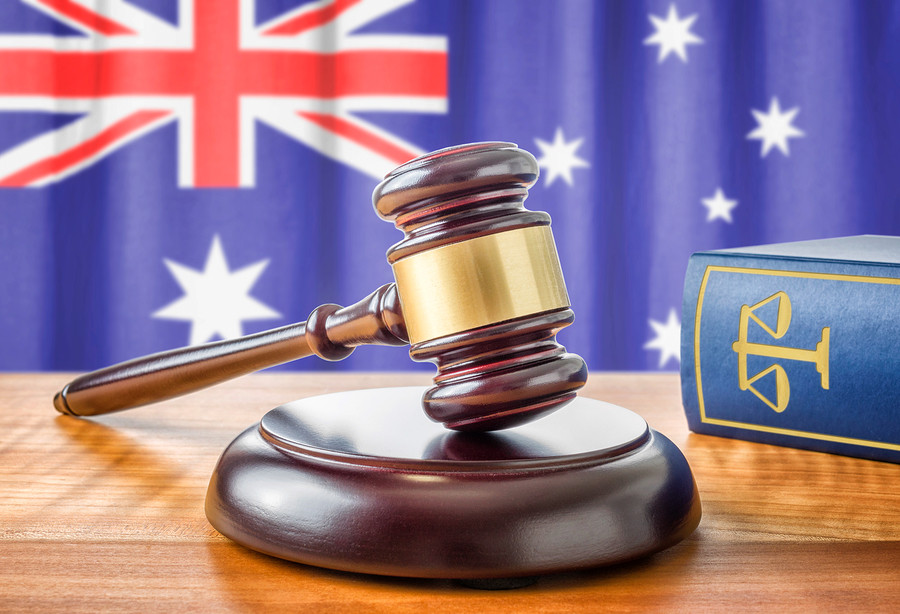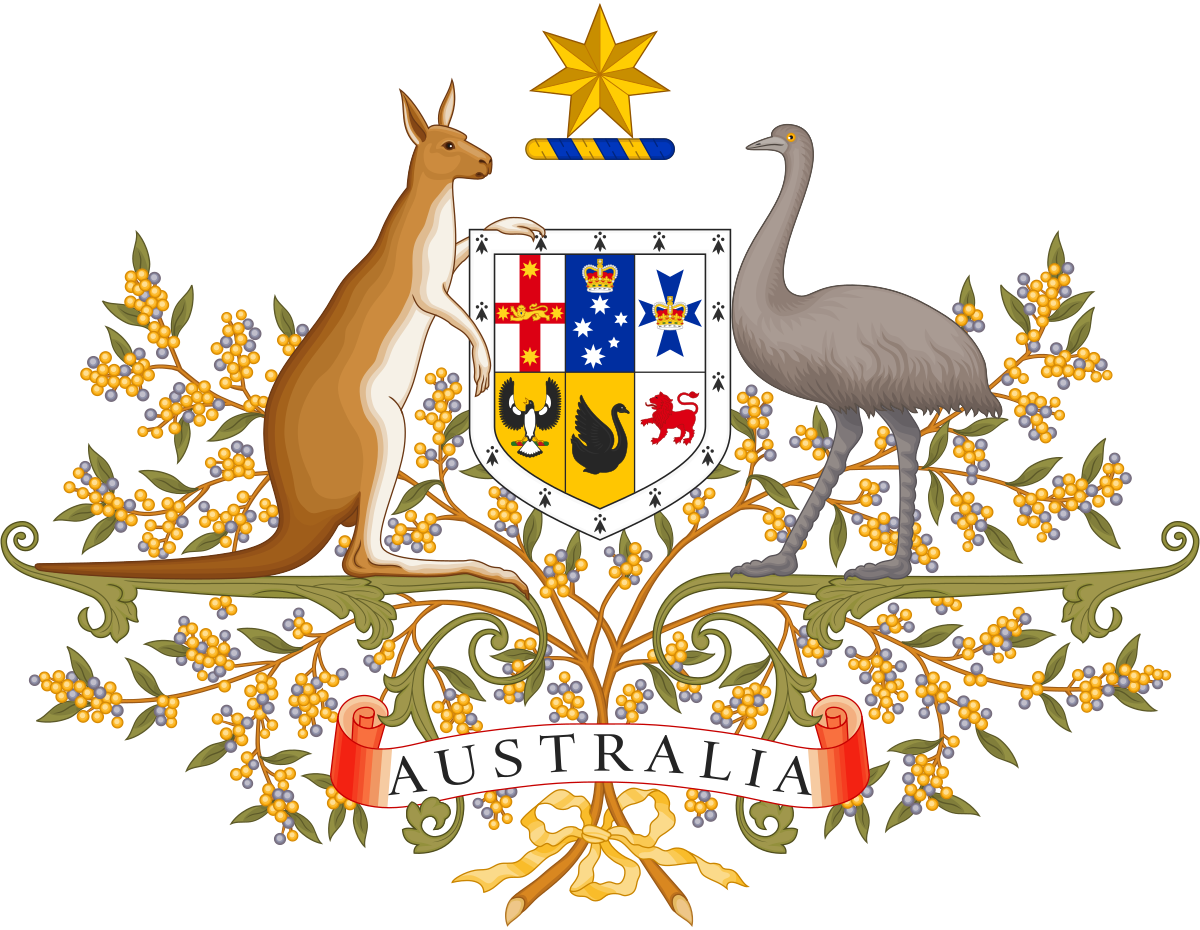Welcome to part three of our series diving into the intricacies of the various legal systems around the world. In this article, we are travelling Down Under to see what the Australian Court System looks like.
Much like most other Commonwealth countries, Australia has a Common Law legal system, meaning that the laws of the country are based on a combination of statute and case law (decisions in previous similar cases that guide what the outcome of all future cases of the same nature should be).
While Australia has several different Courts and Tribunals, the entire system can be broken into four main tiers. Starting from the lowest tier:
The Local Court
The Local Court typically deals with relatively minor criminal offences such as traffic offences, assault, some drug offences at the less serious end of the scale and other offences like this. The Local Court also has jurisdiction to hear minor civil disputes. Local Courts are typically overseen by a Magistrate.
The District Court
The District Court typically deals with more serious criminal offences such as armed robbery, serious drugs cases, serious sex offences and offences that result in the death of a person. It is important to remember that there is quite a lot of overlap with different categories of offences between the Local Court and the District Court. The Court that will deal with these types of matters depends on the individual circumstances of each case.
The Supreme Court
The Supreme Court is the highest Court in any of Australia’s States or Territories. The Supreme Court deals with a range of serious cases ranging from contested Wills and Estates to large commercial disputes, serious criminal trials and is also home to the Court of Criminal Appeal.
The High Court
The High Court is the highest Court in the country. There is a very specific category of cases that may be referred to the High Court and in each case an Application must be made to the High Court as to whether or not the Court is willing to determine the matter.
Australia also has a range of other Federal Courts, Tribunals, Family Courts and Children’s Courts, all designed to address the different legal jurisdictions in the country (e.g. state vs federal) and the needs of different types of people who come into contact with the legal system (e.g. children and minors vs adults).
Appeals
Australia has an appellant court system. This means that if a person believes they have been unfairly treated in a Court case or the Judge may have made a mistake in determining the outcome of their case, this can be appealed to a higher Court. For example, a decision of the Local Court can be appealed to the District Court, a decision of the District Court can be referred to the Supreme Court/Court of Criminal Appeal and if all else fails, some matters can be determined by Australia’s highest Court, the High Court of Australia in Canberra.
Court Hierarchies
Much like all other countries, there is a hierarchy in the Australian court system. This hierarchy determines which courts will hear which cases. Lower courts, like the State Magistrates’ Courts, hear minor or less important cases – while the higher courts, like State Supreme Courts and the High Court of Australia, adjudicate more serious cases. Higher courts, which are also known as ‘superior courts’, can also hear appeals against decisions made in lower courts. In Australia, both Federal and State jurisdictions have their own court hierarchies. There is also some sharing and crossover between the two jurisdictions, in order to make better use of resources.
As always, we hope that you found this article informative and educational. Feel free to share your views in the comments below and let us know which country’s judiciary system you would like us to explore next!


